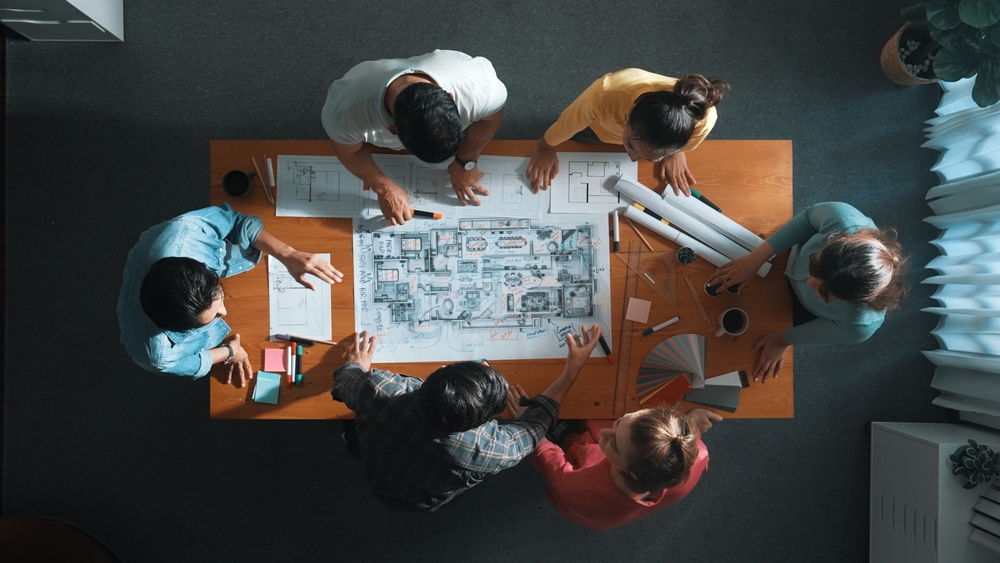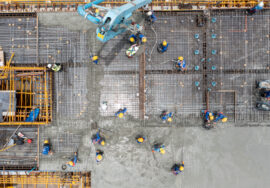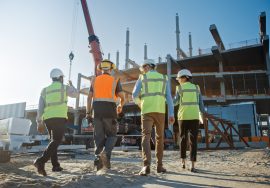
LEED-Certified Construction: Building the Future with Green Standards
LEED-Certified Construction: Building the Future with Green Standards
In today’s environmentally conscious world, LEED-certified construction has become the gold standard for sustainable building practices. LEED (Leadership in Energy and Environmental Design) is a globally recognized green building certification program developed by the U.S. Green Building Council (USGBC).
It provides a framework for designing, constructing, and operating buildings that are energy-efficient, eco-friendly, and resource-conscious. Embracing LEED-certified construction not only benefits the environment but also enhances the health, comfort, and productivity of building occupants.
What Is LEED-Certified Construction?
LEED-certified construction is a performance-based rating system that evaluates how well a building meets sustainability goals. It focuses on reducing environmental impact through efficient energy use, water conservation, and waste management.
Buildings are rated on a point system and can achieve different certification levels — Certified, Silver, Gold, or Platinum — depending on their overall performance in various sustainability categories.
Key Principles of LEED-Certified Construction
1. Sustainable Site Development
LEED-certified construction emphasizes environmentally responsible site selection and development. This includes reducing urban sprawl, protecting natural habitats, and encouraging alternative transportation methods.
2. Energy Efficiency
Energy-efficient systems, renewable energy sources, and smart building technologies are integral to LEED-certified construction. These measures help reduce greenhouse gas emissions and long-term operational costs.
3. Water Efficiency
Water-saving fixtures, rainwater harvesting systems, and efficient irrigation methods contribute to responsible water management in LEED-certified construction.
4. Material and Resource Management
Using recycled, renewable, and locally sourced materials helps reduce a project’s embodied carbon footprint while supporting the circular economy.
5. Indoor Environmental Quality
LEED-certified construction ensures improved indoor air quality, natural lighting, and thermal comfort, enhancing occupant well-being and productivity.
Benefits of LEED-Certified Construction
-
Environmental Sustainability: Reduces pollution, waste, and carbon emissions.
-
Operational Cost Savings: Energy and water-efficient systems lower utility expenses.
-
Healthier Living Spaces: Promotes better indoor air quality and natural light.
-
Market Recognition: Increases property value and brand reputation.
-
Regulatory Advantages: Helps meet government sustainability requirements.
LEED-Certified Construction in India
India has rapidly adopted LEED-certified practices, ranking among the top countries for green building projects. The Indian Green Building Council (IGBC), in collaboration with USGBC, promotes the adoption of LEED standards across residential, commercial, and industrial developments.
Prominent LEED-certified buildings in India include the Infosys campuses, CII-Sohrabji Godrej Green Business Centre (Hyderabad), and Indira Paryavaran Bhawan (New Delhi) — all showcasing the nation’s commitment to sustainability.
To learn more about LEED in India, visit the Indian Green Building Council (IGBC).

Steps to Achieve LEED Certification
-
Set Sustainability Goals: Define clear objectives for environmental performance.
-
Register the Project: Submit your building to the USGBC for LEED certification.
-
Integrate Sustainable Design: Use energy-efficient and eco-friendly systems during design and construction.
-
Documentation and Review: Collect and submit data on energy, water, and material usage.
-
Certification and Verification: Achieve the appropriate LEED-certified construction level based on points earned.
Partner with AMS India for Sustainable Construction
At AMS India, we specialize in LEED-certified and sustainable building solutions that align with global green standards. Our team works closely with clients to design, build, and deliver environmentally responsible structures that minimize impact while maximizing performance.
From concept to completion, AMS India ensures every project contributes positively to the planet and the people who inhabit it.
Conclusion: Shaping a Greener Tomorrow
LEED-certified is more than just a certification — it’s a commitment to environmental stewardship and sustainable growth. By integrating innovative technologies and eco-conscious materials, we can build structures that stand the test of time while protecting natural resources.
Read more related articles to enhance your knowledge and make informed decisions
Cost-Effective Modular Construction: Fast, and Sustainable Building Solutions
Smart Modular Buildings: Innovative, Efficient, and Sustainable Construction








